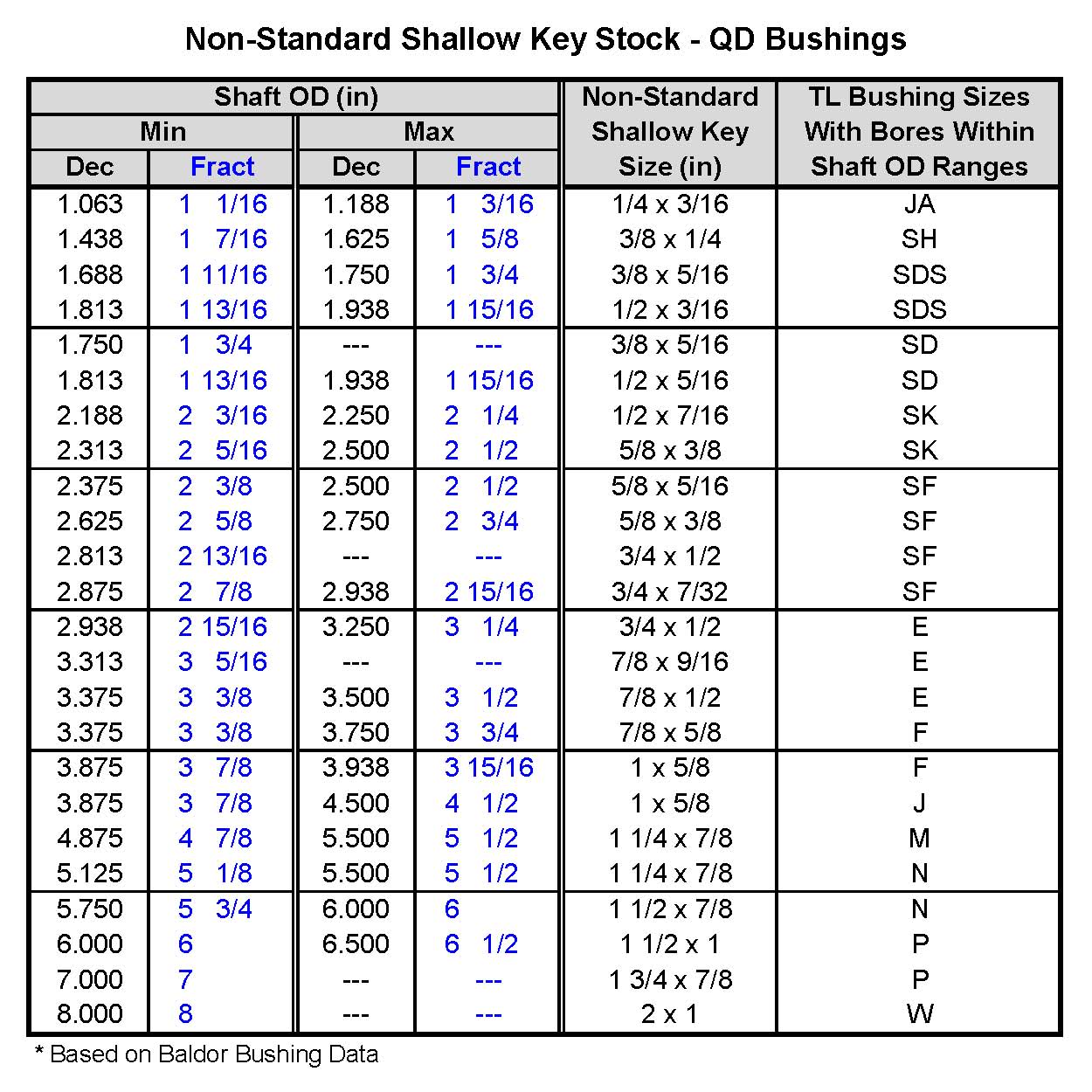In the vast digital landscape, where information flows like a river, the safeguarding of this vital current becomes paramount. Imagine a lock protecting a treasure chest. How robust is that lock, and how many possible combinations could unlock it? This analogy brings us to the core of cryptographic security: the intricate dance of key sizes and key ranges.
The dimensions of these "keys" determine the strength of our digital locks. A larger key size, representing a greater number of possible key values within a key space, equates to a more complex lock, harder to pick by brute force. The key range, the span of these potential keys, also plays a significant role in bolstering the resilience of encryption algorithms against attacks.
Understanding the implications of these crucial elements—key size and key space—is fundamental to navigating the complex terrain of online security. From the seemingly mundane password protecting your email to the intricate encryption safeguarding financial transactions, the principles remain the same: larger keys and wider ranges translate to stronger defenses against unauthorized access.
Historically, key sizes have evolved in tandem with increasing computational power. As computers became more capable of cracking codes, the need for larger keys became evident. Early encryption methods relied on relatively small key lengths, making them vulnerable to brute-force attacks. This evolution mirrors an arms race, with code makers and code breakers constantly vying for advantage.
The significance of key sizes and ranges cannot be overstated in our interconnected world. With the sheer volume of sensitive data traversing the digital realm daily, robust encryption, underpinned by appropriate key dimensions, is non-negotiable. The choice of key size directly influences the strength of the cryptographic system, dictating the computational effort required to break the encryption. A well-chosen key size ensures the confidentiality and integrity of the information being protected.
The key size refers to the length of the cryptographic key, typically measured in bits or bytes. For example, a 128-bit key has 2128 possible values. The key range is related to this, encompassing the set of all possible key values within the specified size. A larger key size implies a broader key range and significantly enhances the difficulty for attackers to guess the correct key through brute-force or other cryptanalytic methods.
One benefit of utilizing larger key sizes and broader key ranges is the increased resistance to brute-force attacks. A larger key space makes it exponentially harder for attackers to simply try every possible key until they find the correct one. Another advantage lies in enhanced protection against advancements in computing power. As computers become more powerful, larger key sizes help ensure that the encryption remains robust and resilient against future attacks. Finally, robust key management practices, which involve selecting appropriate key sizes and ranges, build trust and confidence in digital systems, assuring users that their data is adequately protected.
A practical example involves choosing an encryption algorithm for securing sensitive data. Opting for Advanced Encryption Standard (AES) with a 256-bit key instead of a 128-bit key provides significantly stronger security. Similarly, when generating cryptographic keys, utilizing a robust random number generator ensures a wide and unpredictable key range, further strengthening the encryption.
Advantages and Disadvantages of Different Key Sizes
| Key Size | Advantages | Disadvantages |
|---|---|---|
| Smaller (e.g., 128-bit) | Faster encryption/decryption | Less secure, vulnerable to future attacks |
| Larger (e.g., 256-bit) | More secure, resistant to brute-force | Slower encryption/decryption (marginally with modern hardware) |
Best practices for key management include adhering to industry standards for key lengths, utilizing strong random number generators for key generation, securely storing and protecting keys, regularly rotating keys, and implementing robust key destruction policies.
One challenge in key management is balancing security with performance. Larger key sizes offer better security but can slightly impact performance. The solution is to carefully select key sizes that provide adequate security without significantly affecting the system's speed.
FAQ: What is the difference between key size and key length? Essentially, they refer to the same concept - the number of bits used to represent the key.
A concluding thought: As we continue to rely heavily on the digital world, understanding the intricacies of cryptographic security is paramount. Key sizes and key ranges are not just technical jargon; they are the foundation upon which our digital fortresses are built. By choosing wisely, we can fortify our defenses and navigate the digital landscape with greater confidence, safeguarding the precious cargo of information entrusted to our care.
Acc womens basketball a dynamic force in sports today
Unlock your style the ultimate guide to mens medium long hairstyles
Unleash the beast your guide to bmw e92 m3 tuning
Allen Key Bolt Size Chart Metric Cheapest Purchase - Khao Tick On
Amazoncom SABRENT Rocket RGB USB C 20Gbps M2 SATANVMe SSD Enclosure - Khao Tick On
Piano Notes Chart 88 Keys Pdf - Khao Tick On
Painting of a mysterious wizards tower surrounded by mountains on Craiyon - Khao Tick On
GLOCK 17 GEN3 9MM 17RD BURNT BRONZE - Khao Tick On
Naklejka motel keychain template motel keychain svg hotel keychain - Khao Tick On
Drum Rod Sticks Set Wire Brushes - Khao Tick On
Key factors for seo success on Craiyon - Khao Tick On
Image for key voting strategies on Craiyon - Khao Tick On
Allen WrenchRilexAwhile Metric Steel Level End 9 Piece KitHex Key - Khao Tick On
Drum Rod Sticks Set Wire Brushes - Khao Tick On
key size and key range - Khao Tick On
Key Stock Size Chart - Khao Tick On
key size and key range - Khao Tick On
Allen Wrench Conversions Chart Hex Key Size Guide SAE MM 60 OFF - Khao Tick On












